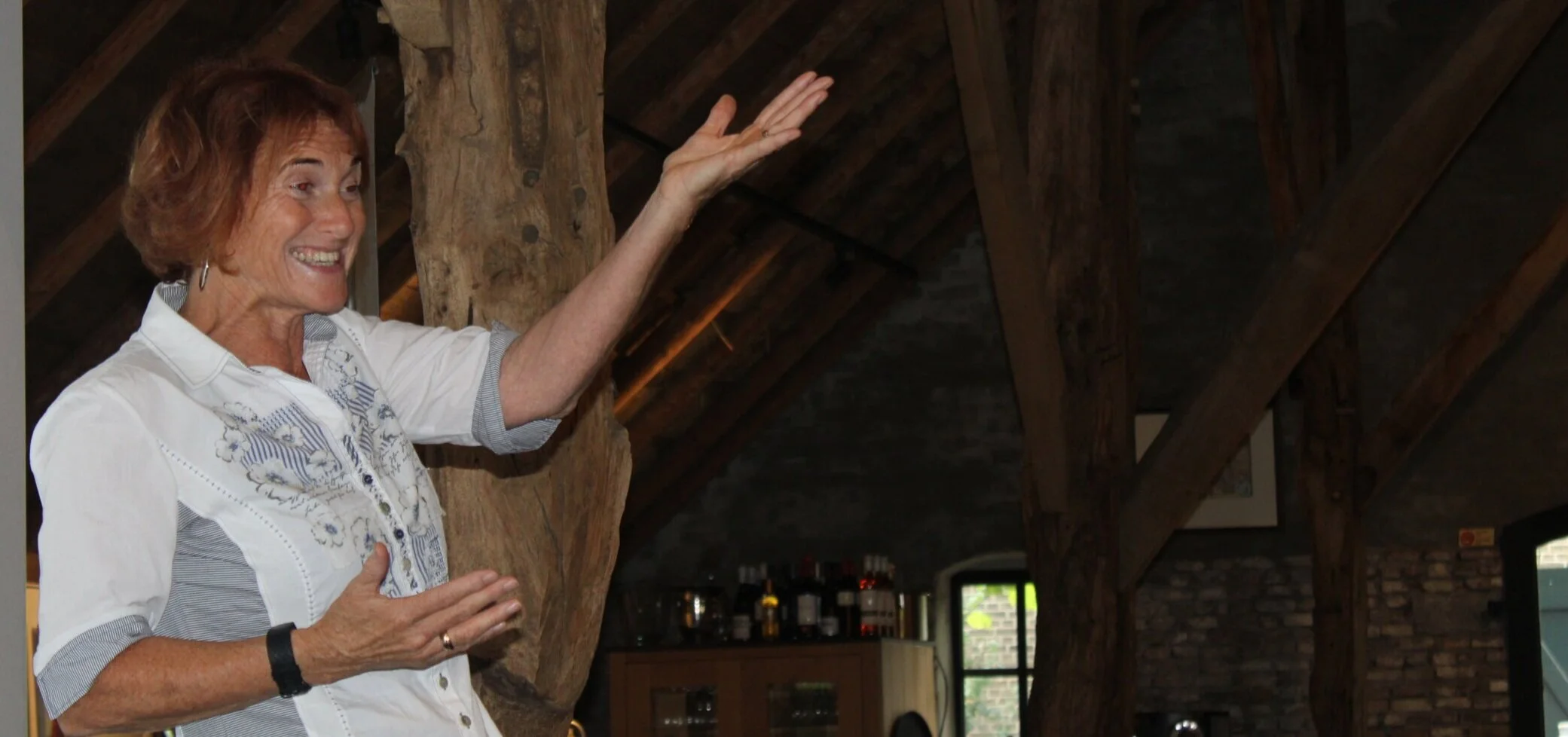The Life Box is probably my favourite clinical tool in my postural care toolbox!
It is something that I created as a visual tool for myself to use. We use it every single day in clinical practice, and talk about it every single time we present.
So, what is the Life Box, and why is it so great?
I’d like you to take a moment and try this with me ;
Place your index fingers on your ASISs (those bony prominences on your pelvis at the front of your hip). Now, place your thumbs above those points on the edge of your lower ribs. Look down and think about what kind of shape those 4 points make. That, my friend, is your “Life Box”.
Now, you may see a different shape depending on how you’re sitting. If you’re sitting upright and facing forward, it might look like a rectangle or a square with both sides relatively symmetrical and elongated; maybe if your legs are crossed it looks more like a triangle with less space between the ASIS and ribs on one side compared to the other; maybe if you’re twisted or turned to the side to look at this screen, it’s more like a parallelogram, so that your ribs aren’t quite over top of your ASIS/pelvis but to the side; or maybe, if you’re like me, you’re slouched forward so your Life Box looks more like a squished rectangle or a flat line.
When a client we are working with presents with deviations from the elongated, symmetrical rectangle shape, it may be an indication that there are limitations in body structure somewhere else throughout the kinetic chain, warranting a more thorough hands-on investigation in sitting and supine. Using our hands to feel and visualize the life box has been much more revealing for us than simply looking at the person in their wheelchair without identifying those critical landmarks. You can easily use any of those shapes to describe a client’s presentation when documenting, like we do using our postural assessment forms (click to access!), or by simply drawing a picture that you can refer to later.
Now take a moment to imagine what it would look like if you were able to gaze in to that Life Box, underneath your skin, to what lies beneath.
We have some pretty important stuff in there. We might be so bold as to say that box may even contain organs and functions that are necessary for, dare I say, life? From circulation to digestion to respiration - that stuff is vital. And there is a lot of stuff in that little box.
When we think about how that stuff on the inside is impacted when the shape of our life box changes, we can start to appreciate why this Life Box is so important to check. Imagine the compressive, tensile and shear forces that happen internally when we spend hours on end in a position that leaves our Life Box looking like a flattened triangle. That’s precisely what’s happening on a daily basis to someone who is sitting in their wheelchair, day in and day out, with a posterior pelvic tilt, pelvic obliquity. and compensating scoliosis for example.
Here are some of the ways we use the Life Box in Clinical practice:
Assessments
In sitting: This is the first thing we check, always, with everyone! What does the Life Box look like when this person is in their current seating system? This is a great screening tool for those times when you are tight on time and have to prioritize the information you need to gather - if there is an elongated, symmetrical rectangle, perhaps there is less of a need to conduct a supine hands-on postural assessment; if there is any deviation from that beautiful elongated and symmetrical shape, chances are that the supine hands-on assessment is indicated to investigate the cause of that deviation!
In supine: Compare! Does the Life Box look the same in supine as it did in sitting? If it was a triangle in sitting, but is a more symmetrical, elongated rectangle in supine, that’s a yellow flag for me to make sure I investigate further - what is it about the external forces introduced by the seating system that created the compensatory postures leading to a difference in the life box?
Translating the findings: When we think we have an optimal solution in regards to body structure and function, we want to re-check the life box to make sure it is still at it’s most optimal when taking any structural limitation into account!
Outcome: During simulation, prescription delivery and follow up it is also helpful to compare the shape of the life box before and after implementing any changes to the seating system and wheelchair configuration, or when prescribing new or multiple seating systems!
Education
This is shown to the individuals we work with, their families and care teams. Everyone loves the Life Box! Demonstrating that the pelvis and ribs move closer together when lifting/flexing the hip while in supine, for example, can be a powerful and simple way to communicate clinical findings and can make it easier for everyone involved to relate what they’re seeing in that moment to other experiences they’ve had, such as with dressing, personal hygiene or transfers for example
It’s a great check for individuals, families, and care teams to perform after each transfer to make sure the person using the seating system is positioned optimally
Night time/alternative positioning
The Life Box compliments the principles of the Goldsmith Indices and can be valuable when prescribing and checking lying down/ night-time/alternative positioning
For more information on the Life Box, check out this educational video!
